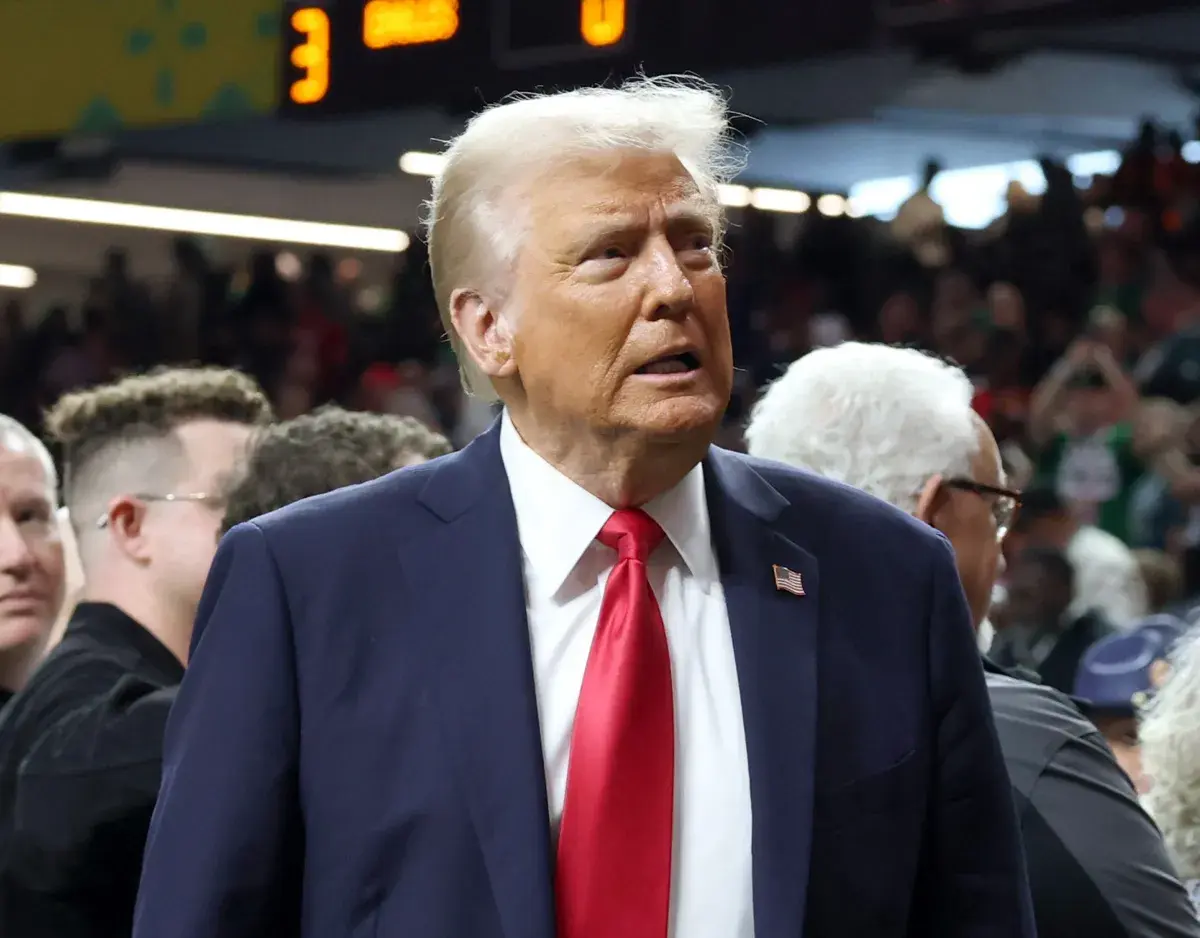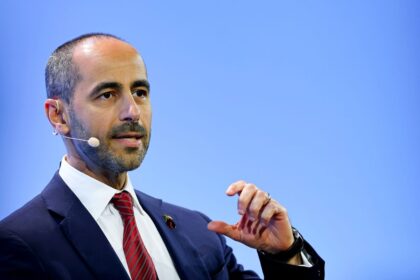President Donald Trump recently reignited debate over the U.S. national debt, asserting that the country can simply grow its way out of the staggering $37 trillion liability. While Trump’s remarks resonated with his political base, financial analysts and economists, including billionaire investor Ray Dalio, caution that the reality of managing such enormous debt is far more complicated than slogans suggest.
Trump’s Optimistic Vision
At a campaign rally in Phoenix, Arizona, Trump laid out a bold economic claim:
“We’re going to grow, grow, grow — and we’re going to pay off this debt. America has the strongest economy in the world, and there is no debt problem we can’t overcome with growth.”
Trump’s argument is rooted in a long-standing political and economic narrative: robust GDP growth, rising corporate profits, and tax revenue increases can, in theory, offset national debt burdens over time.
“If you create jobs, increase wages, and boost productivity, the government collects more money naturally,” Trump added. “That’s how empires like America stay strong.”
Supporters have interpreted this as a call to focus on growth-oriented policies, such as deregulation, tax incentives for corporations, and investments in infrastructure and manufacturing.
Dalio’s Debt-Cycle Reality Check
However, financial heavyweights like Ray Dalio, founder of Bridgewater Associates, warn that Trump’s optimism underestimates the complexities of debt cycles. Dalio has spent decades studying economic history and the patterns of debt accumulation and deleveraging, from the Great Depression to the 2008 financial crisis.
“You cannot just ‘grow’ out of debt without understanding the underlying structure,” Dalio said in a recent interview. “High debt levels create vulnerabilities, including slower growth, inflation pressures, and political constraints. Ignoring these factors risks severe economic corrections.”
Dalio’s research identifies three phases of a debt cycle:
- Early Debt Build-Up – Borrowing accelerates, interest rates remain low, and growth appears strong.
- Mature Debt – Debt levels approach unsustainable levels, interest payments rise, and economic growth slows.
- Deleveraging – The system requires either austerity, debt restructuring, inflation, or a combination to restore balance.
According to Dalio, the U.S. is entering the mature debt phase, meaning simple economic growth alone is unlikely to offset $37 trillion without significant structural adjustments.
The Numbers Behind the Debate
The U.S. federal debt now exceeds $37 trillion, equivalent to more than 125% of GDP. Interest payments alone are projected to surpass $1 trillion annually within the next decade if interest rates rise modestly.
Economists note several challenges with Trump’s “growth solution”:
- Demographic Pressures – An aging population increases entitlement spending on Social Security, Medicare, and healthcare.
- Interest Rate Sensitivity – Even small rate hikes can dramatically increase debt-servicing costs.
- Inflation Risks – Aggressive growth policies without fiscal discipline could ignite inflation, eroding purchasing power and complicating debt repayment.
“High GDP growth can help, but it’s not a silver bullet,” says Dr. Emily Hartford, a macroeconomics professor at Georgetown University. “Sustainable debt management requires a combination of growth, careful fiscal policy, and sometimes debt restructuring.”
Political Implications
The debate over U.S. debt is also deeply political. Trump’s rhetoric appeals to voters who prioritize economic nationalism, job creation, and infrastructure investment. Meanwhile, critics argue that ignoring fiscal constraints could exacerbate intergenerational inequality, leaving future taxpayers to shoulder an unsustainable burden.
Congressional proposals reflect the tension:
- Some lawmakers advocate tax cuts and deregulation to spur growth.
- Others push for targeted austerity measures or reforms to entitlement programs.
- Independent analysts call for balanced approaches, combining strategic growth initiatives with structural debt reduction.
Lessons From History
Dalio’s debt-cycle framework draws heavily on historical precedents. Major economies have often faced long periods of deleveraging, sometimes accompanied by financial crises or prolonged stagnation.
For example:
- The U.S. after World War II: Postwar growth, combined with moderate inflation and fiscal discipline, successfully reduced debt from 120% of GDP to around 40% over three decades.
- Japan since the 1990s: Despite decades of growth policies, high debt (over 250% of GDP) has constrained economic flexibility and required unconventional monetary policy.
“History shows that growth alone is rarely sufficient,” Dalio emphasizes. “Effective debt management is multi-faceted: fiscal discipline, inflation management, structural reform, and sometimes debt restructuring are all necessary.”
Can America Avoid a Debt Crisis?
While Trump remains confident, Dalio and other financial experts argue that the U.S. faces real risks if debt continues to outpace growth. Potential consequences include:
- Rising interest payments crowding out public services.
- Reduced fiscal flexibility during recessions or emergencies.
- Pressure on currency stability and foreign investment.
Yet some analysts argue that the U.S. benefits from unique advantages: the dollar’s reserve currency status, robust institutions, and deep capital markets. These factors provide breathing room, but they are not immunity from the fundamental realities of debt.
Conclusion
Trump’s assertion that the U.S. can simply “grow” its way out of a $37 trillion debt reflects political optimism and faith in American economic resilience. However, Ray Dalio’s decades of debt-cycle research suggest that relying solely on growth is a risky strategy.
The debate underscores a broader challenge for policymakers: balancing short-term political appeal with long-term fiscal sustainability. As the U.S. navigates demographic shifts, rising entitlements, and global economic uncertainty, the question remains: can growth alone solve the debt crisis, or is a more nuanced approach required?
One thing is clear: the path forward for America’s finances will demand more than slogans — it will require strategy, discipline, and foresight.







